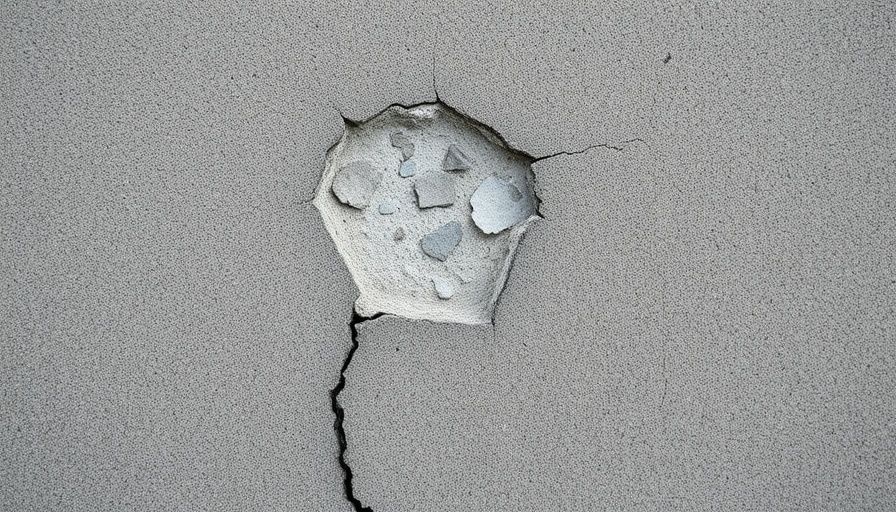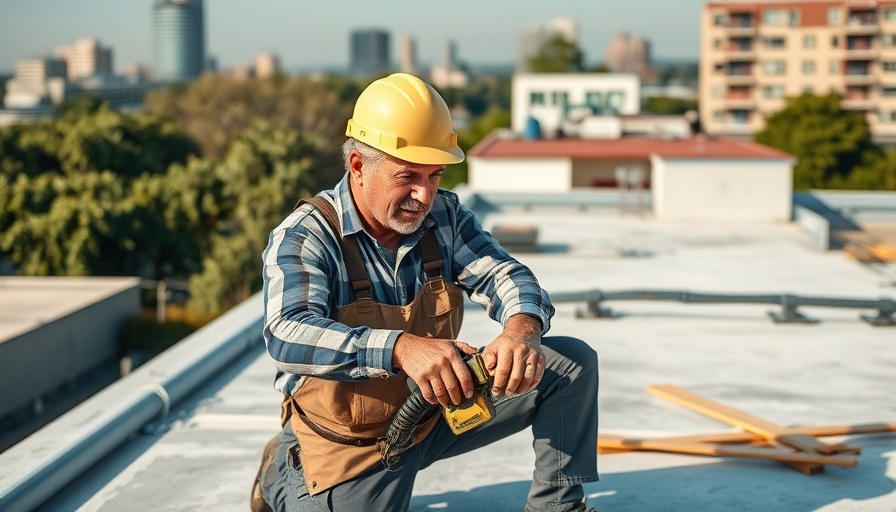
Transform Your Space: Mounting Your TV with Confidence
If you've been contemplating whether to mount your television, you're not alone. Wall-mounting not only offers a sleek, modern aesthetic, but it also frees up valuable floor space, making your living area feel larger and more open. However, the thought of hanging a hefty piece of technology might feel daunting. Fear not! With the right tools and guidance, you can successfully mount your TV in less than an hour.
Choosing the Right Mount: Options and Considerations
The first step in this process is to choose the appropriate mount. Your decision here will depend heavily on your TV's size, weight, and your viewing preferences. Here are three types of mounts to consider:
- Fixed Mount: Best for spaces where you won’t need to adjust the TV angle. It secures the TV flush against the wall.
- Tilted Mount: Ideal for those needing to adjust the viewing angle to avoid glare or for optimizing height placement, especially if it's placed above eye level.
- Full-Motion Mount: This option allows the most flexibility, letting you pivot and extend your TV for various viewing angles across a room.
Whichever mount you choose, ensure it corresponds to your TV’s VESA pattern and is rated to support its weight.
Determining the Ideal Mount Height
Now that you’ve chosen your mount, it’s essential to find the right height for installation. Start with this calculation:
(TV Height ÷ 2) + Eye Level = Center of TV
For example, if your 55-inch TV measures 27 inches tall and your eye level while seated is around 42 inches:
- 27 ÷ 2 = 13.5 inches
- 42 + 13.5 = 55.5 inches
This means you should mount the center of your TV at approximately 55.5 inches from the floor. Consult the quick reference guide below for approximate center heights based on TV sizes:
- 42-inch TV → ~ 50 inches
- 50-inch TV → ~ 54 inches
- 65-inch TV → ~ 58 inches
- 75-inch TV → ~ 61 inches
Essential Tools and Supplies for Mounting
Before diving into your project, gather the necessary tools and supplies:
- Stud finder
- Drill and a level
- Measuring tape
- Screwdriver set
- Cable management kits (optional)
- Heavy-duty wall anchors (for situations where studs cannot be located)
Having everything prepped will streamline your mounting process.
Step-by-Step Mounting Process
Follow these steps to mount your TV:
- Locate studs in your wall using a stud finder. Mark the centers of these studs with a pencil.
- Hold the mount against the wall to ensure it’s level, marking where you’ll drill pilot holes.
- Drill holes into the studs to secure the mount. Remember to double-check alignment to avoid misplacements!
- Attach the mount’s backplate to your TV, following the manufacturer’s instructions.
- Finally, lift the TV onto the wall mount, securing it in place.
Avoiding Common Mistakes
Even seasoned DIYers can make mistakes when mounting TVs. Here are some common pitfalls to avoid:
- Miscalculating Height: Mounting too high or low can lead to uncomfortable viewing angles. Always consider your primary seating options.
- Neglecting Proper Anchoring: Failing to locate studs or using drywall anchors that can’t bear weight risks damaging your wall and TV.
- Disregarding Cable Management: Plan for cable visibility; consider using covers or in-wall solutions to keep your space tidy and organized.
Why Mounting Your TV is Worth It
Not only does wall-mounting enhance your room's look, but it also provides practical benefits like improved viewing angle and reducing clutter. With a well-placed TV, you can also adjust furniture layouts, creating a cozier ambiance in your living space. Moreover, imagine the freedom of hosting family movie nights without cumbersome furniture obstructing the view!
Final Thoughts
The process of mounting your TV does not have to be a daunting task. With proper preparation and careful attention to detail, you can transform your living space in no time. Grab the right tools, take your time, and enjoy the new aesthetic and functional advantages wall-mounting brings.
So, are you ready to enhance your living space? Get started on your TV mounting project today!
 Add Row
Add Row  Add
Add 




Write A Comment